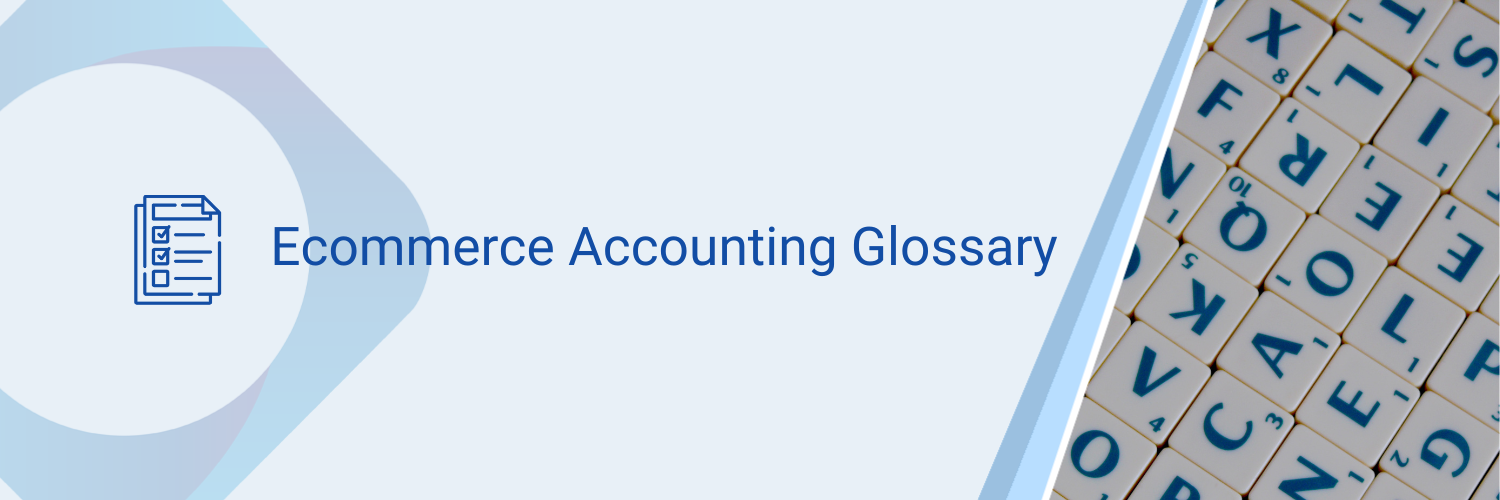Ecommerce Accounting Glossary
If you’re involved in the world of ecommerce, whether as a business owner, accountant, or even a curious reader, understanding the unique jargon and concepts of ecommerce accounting is crucial for maintaining financial stability and making informed decisions.
In this blog post, we’ll break down the essential terminology you need to know, from accounts receivable and balance sheet to variable costs and P&L statement.
17 Ecommerce Accounting Terms
Accounts Receivable (AR): The amount owed by customers for goods or services purchased on credit.
Cost of Goods Sold (COGS): The direct costs associated with producing and selling a product, including raw materials, labor, and shipping.
Gross Margin: The difference between the selling price of a product and its cost of goods sold, expressed as a percentage.
Inventory: The total value of goods held for sale in an ecommerce business, including raw materials, work-in-progress, and finished goods.
Accounts Payable (AP): The amount owed to suppliers for goods or services purchased on credit.
Purchase Order (PO): A document that is generated by a buyer and sent to a supplier, specifying the type and quantity of goods or services required.
Sales Tax: A tax charged on the sale of goods and services, usually based on the total selling price.
Payroll Taxes: Taxes that are withheld from an employee’s paycheck, such as Social Security and Medicare taxes.
Sales Channel: The way in which a business sells its products, such as through an online store like eBay or Amazon, marketplaces, or physical retail locations.
Refunds & Returns: The process of returning goods or issuing a refund to customers for goods or services that are unsatisfactory or incorrect.
Payment Processing: The process of collecting payment from customers, including accepting credit cards, PayPal, and other forms of payment.
Bookkeeping: The process of recording financial transactions and maintaining accurate financial records.
Profit & Loss Statement (P&L): A financial statement that summarizes a company’s revenue and expenses over a specified period of time, and calculates the resulting profit or loss.
Balance Sheet: A financial statement that provides a snapshot of a company’s financial position, including its assets, liabilities, and equity.
Tax Returns: The process of submitting financial information to the tax authorities, including income tax, sales tax, and payroll taxes.
Fixed Costs: Expenses that remain constant, regardless of changes in revenue, such as rent, insurance, and salaries.
Variable Costs: Expenses that change based on changes in revenue, such as cost of goods sold and shipping costs.
Demystifying the Complexities of Ecommerce Accounting
Whether you’re a seasoned professional or just starting out in the ecommerce industry, we hope this glossary will serve as a handy reference to demystify the complexities of ecommerce accounting.
Arrange a callback with our expert team to learn how you can keep on top of your eBay sales and VAT, accounts, order management and stock control.

